Reproduction of gloxinia: leaf, cuttings and peduncles at home
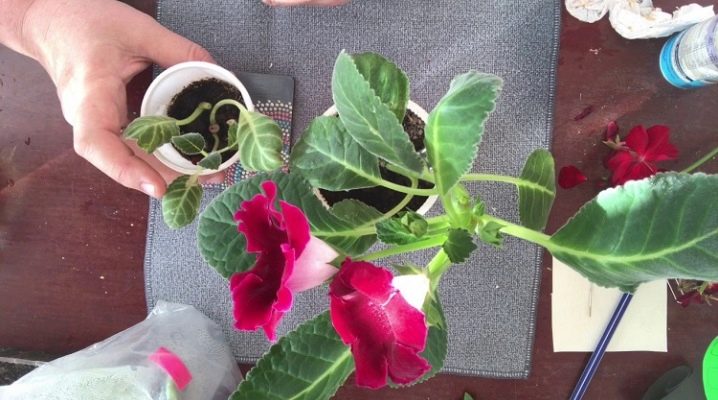
Gloxinia is a beautiful indoor flower, the pride of any grower. Bright and delicate, regular or terry, it attracts the eye and pleases the eye. In the article, we will look at ways to reproduce a plant at home, which will allow the reader to choose the option that is most convenient for himself.
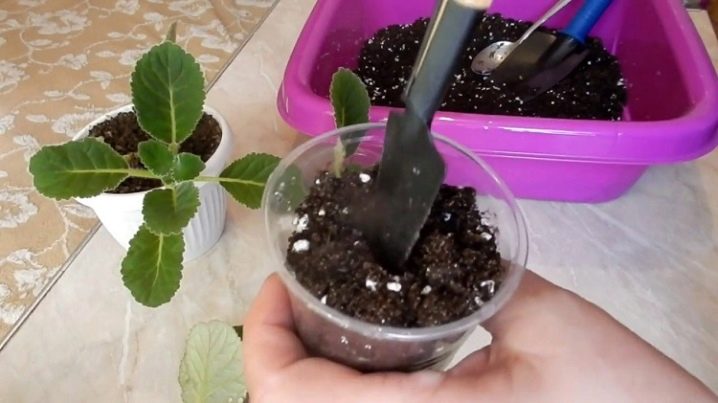
Peculiarities
Gloxinia is a perennial that needs rest after abundant flowering. Therefore, she can even get rid of the leaves. However, depending on the conditions created for it, the plant is able to delight the gardener with long flowering more than once a year. The flower is very light-loving, it likes diffused light, so the best place for it would be the window sill facing the east or west side.
In the spring, she feels great on the south side of the house, building up the green mass and getting ready to lay the buds. Cutting off leaves for propagation or disturbing the tubers when the plant is blooming is highly undesirable. In addition to stopping flowering, it can cause flower disease.
The growing season lasts from March to October, all this time you need to protect gloxinia from stress.
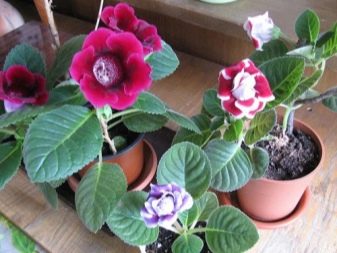
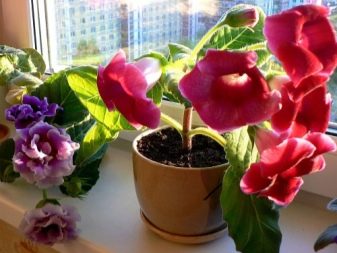
As for breeding methods, it is recommended to take the best planting material for each of them. The diseased parts of the flower are not suitable for this. You can not choose for planting and parts affected by pests - this will not give any result. In addition, the plant feels comfortable only under the right conditions, therefore, for reproduction, depending on its type, you need to prepare a special substrate and container.
Speaking about the type of soil, it is worth noting: peat tablets can be used instead of the substrate. Otherwise, it is more important that the soil is loose, capable of passing moisture in sufficient volume. You can plant gloxinia by adding perlite to the substrate. It is better to fill the tablets with boiled water, waiting for them to swell.
Depending on the choice of planting material, it can be treated with special preparations (growth stimulants) for the fastest rooting. You need to wait for the sprouts in a warm, but not hot place for the plant.
So that the sprouts do not dry out, it is necessary to constantly monitor the degree of soil moisture.
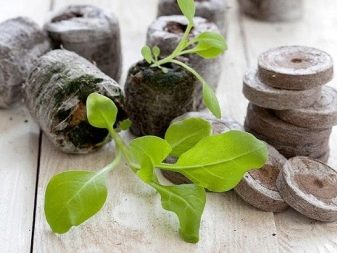

Basic ways
Propagate gloxinia at home regardless of its type, it can be done in different ways, for example:
- fragment of a leaf;
- seeds;
- peduncle;
- leafy cuttings;
- dividing the tuber.
Consider the methodology for performing each method.
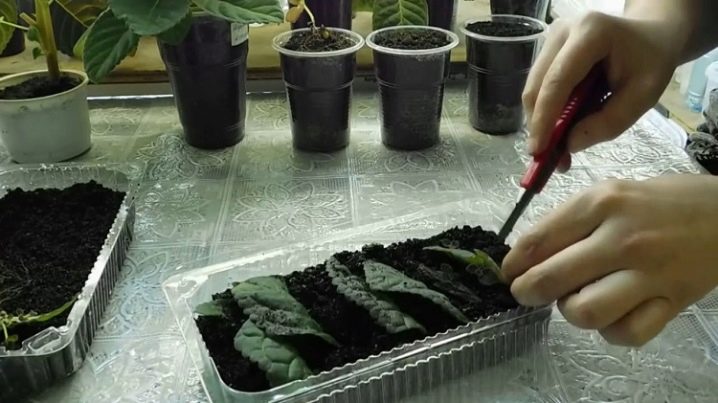
Sheet
Reproduction by leaves is considered the most effective way to plant a plant. The method is productive and does not take much time; the first days of autumn are considered the best period for its implementation. For planting material, it is preferable to use large, succulent leaves of the plant (each leaf can produce several new flowers).
Rooted leaves should be moistened as needed by pouring water at room temperature.
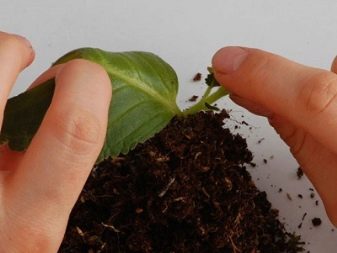
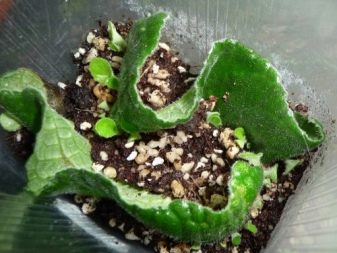
Notched
This method is quite interesting and allows you to grow several young shoots from one leaf at once. They use it when there is only one leaf for planting (for example, it was presented to you at a party, separated from the mother plant). In order to reproduce gloxinia in this way, you will need a sharp knife or scalpel.It is disinfected and small cuts are made in the veins of the leaf.
After that, the sheet with incisions is placed in the greenhouse with its underside on a pre-moistened substrate and pressed to the ground. The container is covered with a film or glass and removed to a warm, bright place, providing the plant with a temperature regime of + 23-25 degrees. As a rule, after two to three weeks, small rosettes of leaves can be seen at the edges of the incisions. In a few more weeks, you will notice how 7-10 young gloxinias grow from the leaf at once.
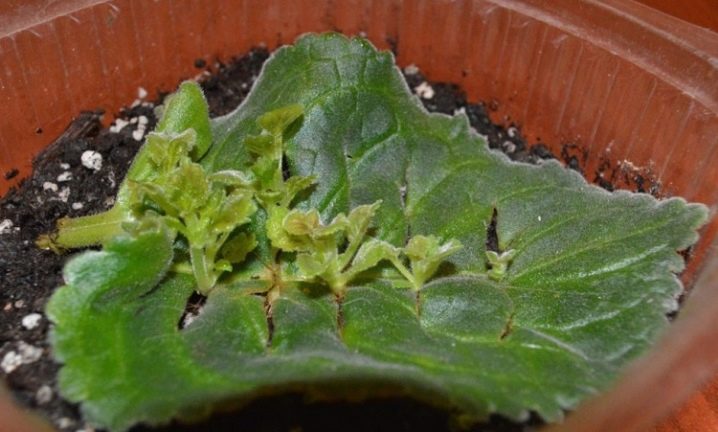
In water
The breeding technique is simple and consists of several sequential steps:
- conduct a visual examination of gloxinia, select powerful and large leaves;
- prepare water at room temperature, filter it or defend it;
- using a sharp knife, the selected leaves are cut from the plant along with a small stalk;
- a cut leaf with a petiole is placed in water so that it does not touch the leaf itself (this causes it to rot);
- waiting for roots or tuber to appear.
To speed up the formation of the root system, and most importantly, to get a new tuber, you need to place the leaf with the handle not in a transparent glass, but in a clay container. As a rule, at the same time, a new tuber, and even with small "children", appears very quickly, while in a transparent or ceramic mug, the first roots are just appearing. During this period, you need to ensure that the water at the bottom of the container does not dry out.
The level at which only the lower part of the cutting is located in the water is sufficient.
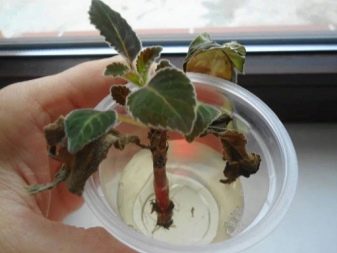
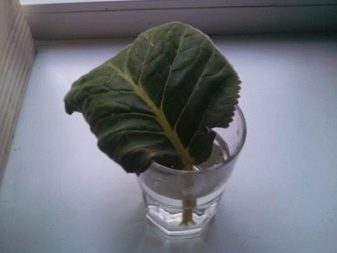
In the ground
Often, flower growers cut off a leaf and plant it directly into the ground using a fertile substrate. At the same time, it is not necessary to deepen the leaf itself into the ground: it is enough for the tip of the cutting to be sprinkled with earth to a thickness of 1 cm and moistened. You can water the soil, after which you need to cover the container with a plastic bag or glass bottle for better rooting. The time of emergence of new shoots will depend on the conditions in which the plant will be located, as well as the care for it.
After the sprouts appear, the bag is removed. The number of parts can be large: it is allowed to cut the sheet into 5-10 parts, provided that its size is large. However, as practice shows, leaves that have not been cut at all take root better.
As for fertile soil, it should consist of peat, coarse sand, soil and mineral fertilizers.
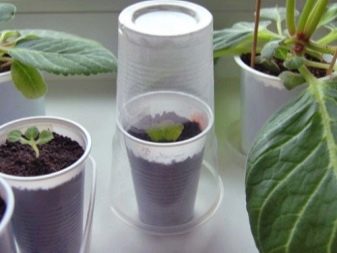
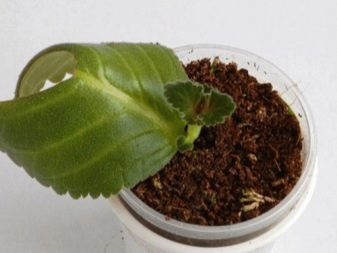
Fragment
Some growers prefer to propagate gloxinia with a leaf, dividing it in two, although such sprouts are smaller in comparison with sprouts obtained from a whole leaf. To do this, a large and fleshy leaf is cut from the mother plant and cut into two parts along the lines of the veins. Correctly cut into two parts, the sheet is cut with an angle, and then at the top you will have to create a stalk from the core. The lower one will look like the wings of a butterfly on top.
In order for the leaf to form roots, it is necessary to cut it from the mother plant along with a small cuttings. The minimum length of the cutting should be 2 cm. After the leaf is cut into pieces, it is planted in prepared soil, the soil is moistened and the entire structure is covered with a glass beaker. Someone prefers to plant the leaves in peat tablets.
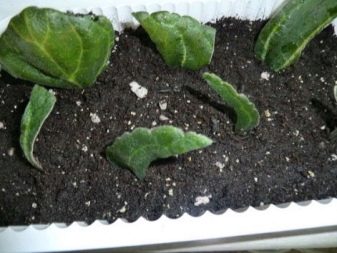

Leafy cuttings
Leafy cuttings are considered a planting material that can achieve almost the same effect as when planting a leaf with a small cutting. For better rooting, it is better to take cuttings from young leaves. The planting rules themselves do not differ from those that guide the propagation of gloxinia by a leaf. You can plant leafy cuttings in a peat tablet, after soaking it with warm water.
To root the stalk faster, you can add a growth stimulant to the soil, keeping the correct proportions of the preparation. When the shoots appear, it is important to provide them with more light, monitor the humidity in the room, and spray in a timely manner.A cutting from a leaf can be obtained by cutting it into pieces and separating the central part without cutting it. In this case, each vein will be a kind of cutting that can be used for rooting.
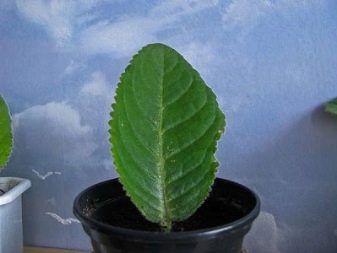
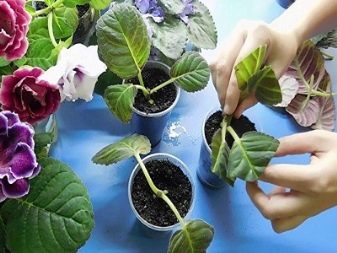
Seeds
This method is considered one of the most time consuming, because the seeds of gloxinia are tiny. To make it easier, you can use nutritious pelleted seeds. If they are not there, it remains to use those that the plant itself gave. It is important to take into account that the germination period of the seeds will affect their germination and the beginning of flowering.
First, prepare the boxes for seedlings, which are at home. Plastic food containers are perfect for this. They are filled with fertile soil. If you wish, you can buy a ready-made substrate in a specialized store, flavored with perlite and supplemented with sand, which will increase the looseness of the soil.
In general, peat, turf and leaf are suitable.
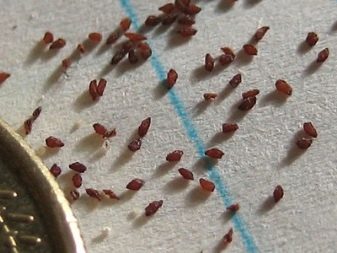
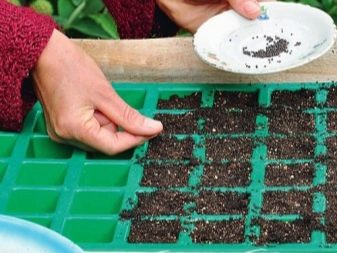
Next, they start planting: the seeds are sown directly on the surface of the soil, trying not to sprinkle them in a bunch. After that, they are sprayed on top with water from a spray bottle, covered with a thin plastic wrap or glass to create a greenhouse effect. The container is placed in a warm and bright place and wait for germination, from time to time, briefly removing the film (glass), and checking the degree of soil moisture. Moderate humidity and a temperature of no more than +23 degrees C are considered comfortable conditions for seed germination.
The first shoots may appear in about 2-2.5 weeks from the moment of planting. When they appear, you need to pay special attention to the lighting. You can not put the plant in the sun, but the lack of sunlight can cause lethargy of young shoots. You can plant seedlings when each of them already has two or three true leaves.
It is important to carry out the pick as accurately as possible, without touching the emerging root system.
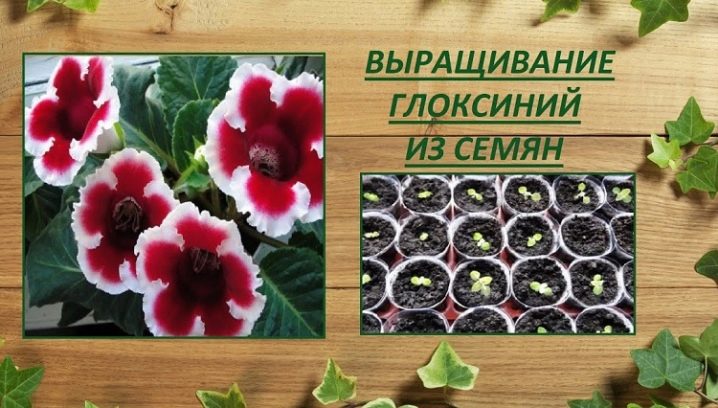
Peduncle
You can also breed a plant in such a non-standard way as peduncles. However, this does not mean at all that you need to take the best flowers, waiting for the plant to bloom. No, for planting, you need those specimens that have already faded. The principle of propagation of gloxinia in this way is similar to the technique of leaf cuttings.
But at the same time it is necessary to take into account: the technique will not give one hundred percent result. In practice, if ordinary bellflower varieties also take root, then double flowers rot faster than take root. In general, the work is as follows:
- the peduncle is cut off along with the handle and a container is prepared for it;
- its lower part is lowered into water by about 1 cm;
- wait for the emergence of sprouts, which happens faster if the flower has been pollinated;
- when roots appear, the plant is transplanted into the ground.
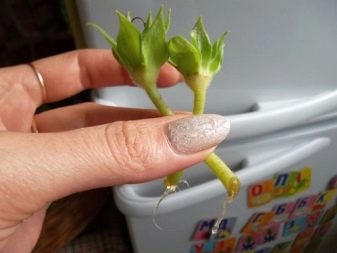
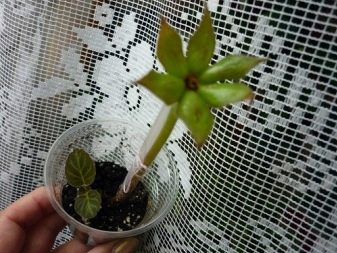
Dividing from a tuber
If the preference in choosing the gloxinia reproduction technique is given to the division of the tuber, it is worth taking into account: this technique is painful for the tuber and can not only increase the sprouting time, but also destroy the tubers. Extremely resilient and healthy tubers are suitable for reproduction. You cannot try to divide rotten specimens, as a rule, you cannot get a healthy plant out of them.
In order for the flower to be powerful and delight with large flowers, it is worth choosing large tubers, the size of which is at least 6 cm in diameter. It is possible to divide the tuber only when there are already sprouts on it. Moreover, the height of their shoots should be at least two cm.
It is desirable that they already have two or four full sheets.

They take a sharp knife or scalpel, disinfect it with an alcohol solution and cut the tuber so that there is at least one sprout or kidney on each divided part. Slices are treated with crushed charcoal or brilliant green and allowed to dry. Someone additionally processes the cuts with garden pitch for greater neutralization. After that, the cuttings are planted in prepared pots with an earthen mixture.
Since it is impossible to pour water directly onto the cut tubers, it is necessary to water the plant during the rehabilitation and rooting period through the pallet. You can use a regular medical syringe for watering, pouring water out of it by sticking a needle into the ground. Someone thinks that it is necessary to plant the cuttings in transparent plastic glasses, explaining that this is how the growing white roots can be seen.
The time for transplanting to a new place will come when the root system fills the entire earthen lump of the cup.
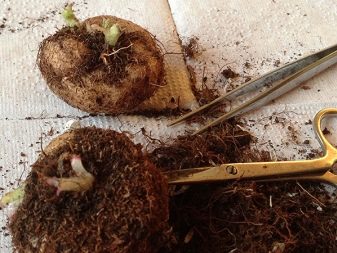
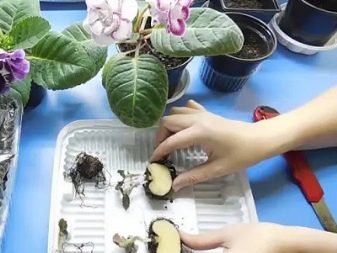
Follow-up care
Taking care of new shoots and leaves is not that difficult. However, it is often the neglect of simple rules that causes the death of a new plant. Do not forget about watering: it should be regular, but not excessive. You cannot pour water directly so that the ground is wet all the time.
It is important to take care of drainage, which will remove excess moisture from the soil. During germination, you need to “cuddle” the sprouts for some time. There are no hard and fast rules for watering as temperature and humidity levels vary. This is especially important when growing gloxinia from seeds. So that they do not dry out, you need to make sure that the soil is moist all the time. While the sprouts are very tiny, you can leave the film on, while often airing the plants.
If small black flies attack the sprouts, buy a fumigator and plates. Plug in the fumigator for a short time. This method will get rid of annoying insects that destroy delicate greens and eat up the roots. At the same time, use fresh and high-quality records, for example, Clean House products have proven their effectiveness.
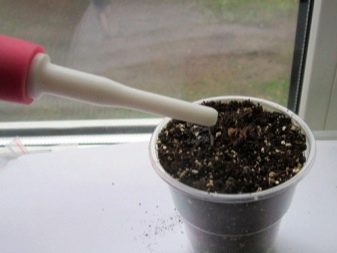
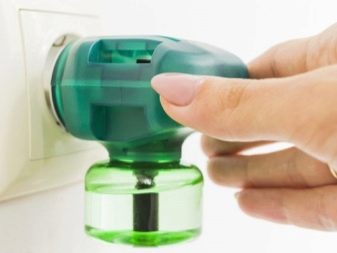
To plant sprouts in pots and not be afraid of possible diseases, you can treat the soil before planting, and also add a growth stimulator and a rooting agent to it. According to generally accepted recommendations for caring for sprouts at home, it is impossible to feed plants in the first month and a half after planting the planting material. The first fertilizer applied should be lightly concentrated. It is better to apply fertilizer in cloudy weather or in the evening.
When applying fertilizer, the solution must not be allowed to reach the growth point. After feeding, you cannot put gloxinia in the sun, this is destructive for it. As for the type of fertilizer, there are some nuances here. For example, nitrogenous matter is good for vegetative growth, but excess nitrogen leads to root rot.
Phosphorus fertilization prolongs flowering, but too much can lead to chlorosis. Trace elements can affect the color of flowers and their amount. Diluted bird droppings can be used as organic matter.
To prolong flowering, you need to remove the faded flowers.
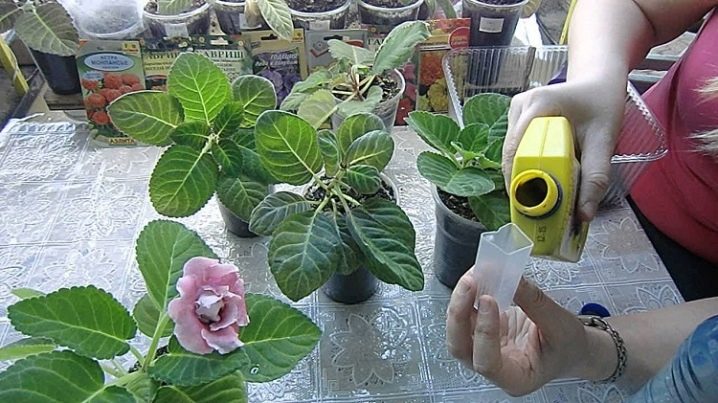
Common mistakes
Sometimes an inexperienced grower fails to achieve the desired result. And the point here may be to ignore any point of the step-by-step instructions, as well as injuring the plant. Let's take a look at the most common mistakes.
- If the stalk rots or disappears, it may be due to excessive pressure on it. When planting in the ground, you need to make a hole not with the handle itself, but, for example, with a pencil or a wooden stick. The soil for rooting needs to be poured, but not tamped.
- Barely appeared seedlings die, not withstanding direct sunlight. It is necessary to move the container away from the sun and shade it.
- The sprouts stretch upward, becoming weak and lethargic when they lack the sun. In this case, it is necessary, on the contrary, to move the flower closer to the sun, but so that direct sunlight does not fall on it. We need diffused light. If necessary, gloxinia provide artificial illumination.
- A cut of a leaf or a cutting rots when the conditions of hygiene are violated: the disinfection of the instrument cannot be ignored when cutting, it is impossible to break off the leaves or cuttings.
- Withering and drying out may be associated with inappropriate temperature conditions in the room.
- You can not take diseased leaves, cuttings and tubers. It is not always possible to propagate gloxinia when they take old planting material.
- Seedlings, leaves, cuttings and tubers rot at high soil moisture. Dosed watering is needed.
- The stalk, like the leaves, can rot in soil or water without processing the cut. A chlorine solution is suitable, which must be diluted in warm water. After processing, the leaves or the stalk are washed under running water, dried and planted in the ground.
- It is not worth propagating and planting planting material in autumn and winter: leaves, cuttings, cut tubers and peduncles take root better in spring and summer.
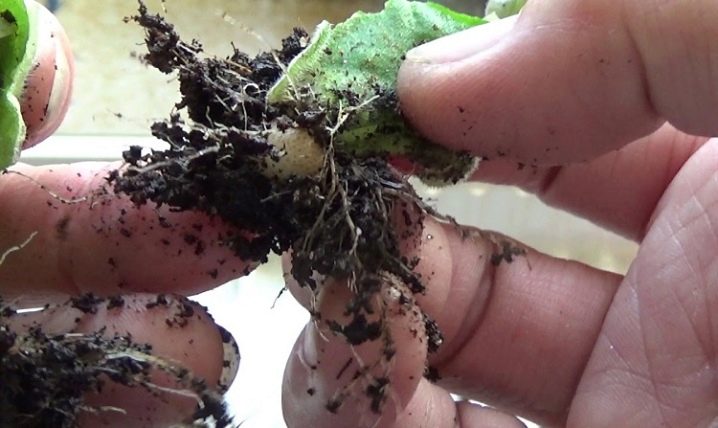
You can learn how to transplant gloxinia from the video below.




























The comment was sent successfully.